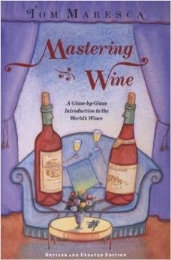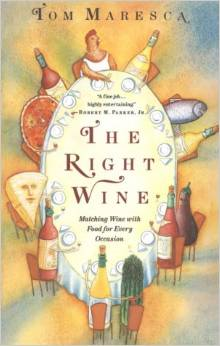For any devoted Barolista, Alessandro Masnaghetti’s name is one to conjure with. Most people know him primarily for his amazing maps of the Piedmont wine zones (and other zones, both in Italy and elsewhere). These are not only visually stunning, detailed, and minutely accurate, but they incorporate as well a wealth of information about vineyard soils, exposures, ownership, and plantings. Each map amounts almost to a mini gazeteer of its zone – a treasure house of information for the thirsty Barolophile.
Masnaghetti has carved a very special place for himself in the Piedmontese wine world. Of all the wine writers I know or have dealt with, he is far and away the most deeply knowledgeable about Barolo in all its aspects – so the fact that he is now publishing a website devoted to Barolo should be exciting and welcome news to every fan of that great wine.
Barolomga360 it’s called, and you should have a look at your first opportunity. MGA, you remember, is the abbreviation of Authorized Geographic Mentions – the place names – whose use the Italian authorities permit on wine labels. Masnaghetti and his maps have been intimately involved with them from the very beginnings of the legislation. This website is a sort of culmination of that.
Like his maps, the site is handsome and filled with information – amazing information in some cases, such as two excellent winemakers making Barolo from the same vineyard and slope who have totally different views of the character of its grapes and consequently make two very different Barolos from it. Any other wine writer (and I include myself in this) would have made a major article about something like that: Masnaghetti just tucks it into his information about the vineyard. (I am deliberately not telling you which one, so you’ll read Masnaghetti’s notes attentively, as they deserve.) The excellent English translation is by the famed pioneer wine journalist Burton Anderson.
The most important features of the site are the multiple images of each commune, with its MGAs and other vineyard sites identified, so that you are able not just to read about but actually see the lay of the land – each different crease and fold of the hills that affects altitude and exposure, the proximity of each vineyard to others of equal or greater repute, or higher or lower altitude, or more easterly or westerly facing – all the kinds of information that real Barolo nuts (of which club I am a proud member) prize. Moreover, the images can be rotated and zoomed in or out, most with accompanying thumbnails focusing on views from different directions.
Here, with Masnaghetti’s permission, is a good example, one of his images of the Serralunga vineyards. Click on the image see a full-screen version.
.
There’s really no need for me to go on, except to tell you that only some parts of the site are available free. For full access to the whole site, you’ll have to subscribe.
It’s Masnaghetti, it’s maps, it’s Barolo: What more do you need to know? Enjoy. Esteem. Relish.


















